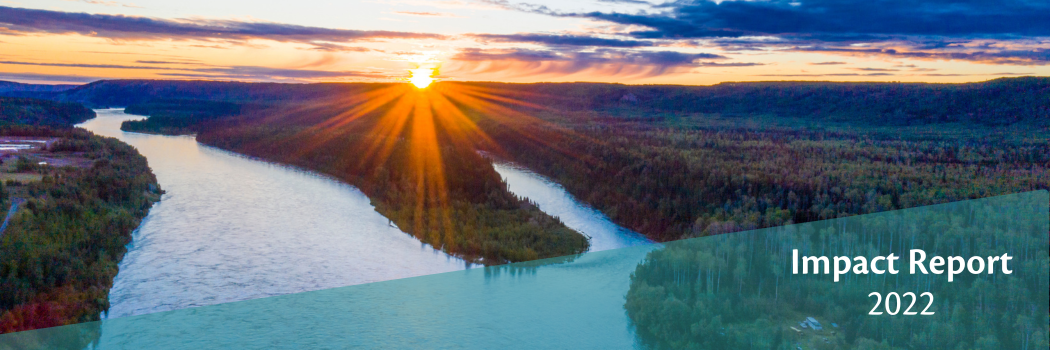We believe in the power of a big, bold idea — and of people like you.
Y2Y’s ambitious but achievable mission is to connect and protect habitat from Yellowstone to Yukon so people and nature can thrive. It is advancing because of all of us working together.
This progress is thanks to a growing movement of people, like you, determined to help carry out and scale up conservation work across the region. And it helps that we have unprecedented alignment in national and global commitments to nature, matched by significant levels of investment by governments, foundations, and businesses. It is a time for hope and to learn from what has come before.
Y2Y is a model for global conservation efforts. Your role is deeply appreciated, and integral to making the Y2Y vision a success. So many others from around the world have been and continue to be inspired to advance similar large landscape and seascape efforts, so getting it right in the Yellowstone to Yukon region also supports conservation at scale around the world.
Your support makes a tangible difference in safeguarding not just protected areas, but the spaces between them to restore and retain connectivity. Ultimately this work addresses climate change impacts, maintains habitat and biodiversity, supporting humans and nature into the future.
In 2022, due to your efforts to protect nature with Y2Y:
- 55,000 km of B.C. and Alberta trails were identified and mapped as part of a recreation ecology project, 25 percent of which weren’t on the radar of resource managers. Knowing where people recreate will ultimately improve recreation management and help us share space with sensitive species such as grizzly bears and wolverines
- A suite of highway crossings is advancing on Highway 3 in B.C., along with a new wildlife overpass on Highway 1 in Alberta, and various measures to mitigate busy roads in Montana and Idaho, which will help to reduce wildlife-vehicle collisions for the safety of all. 3 wildlife corridors of continental-scale significance were boosted to protect animal movement between the Cabinet, Purcell and Selkirk mountains, as voluntary private land conservation ensured that 3 different properties would remain open for safe wildlife passage
- 15 First Nations were supported in their actions to realize their visions for wildlife habitat across the Y2Y region safeguarded through Indigenous Protected and Conserved Area
- A coal mine that could have seriously impacted critical caribou habitat will not go ahead — northern B.C.’s Sukunka coalmine was denied an environmental assessment certificate after at least 991 letters were sent to the B.C. government in opposition
- In Alberta, the provincial government reinstated restrictions on coal development in the Eastern Slopes of the Rockies, after tens of thousands protested, and Y2Y and other organizations provided support, including research and presenting on policy options
- Grizzly bears roaming along Montana’s Big Hole River will be kept out of conflicts with thousands of campers through the installation of 37 food lockers to keep them away from campers’ food
- A key corridor for sensitive species like grizzly bears and threatened native trout was improved in Montana’s Lolo National Forest through road restoration and the removal of 12 culverts


